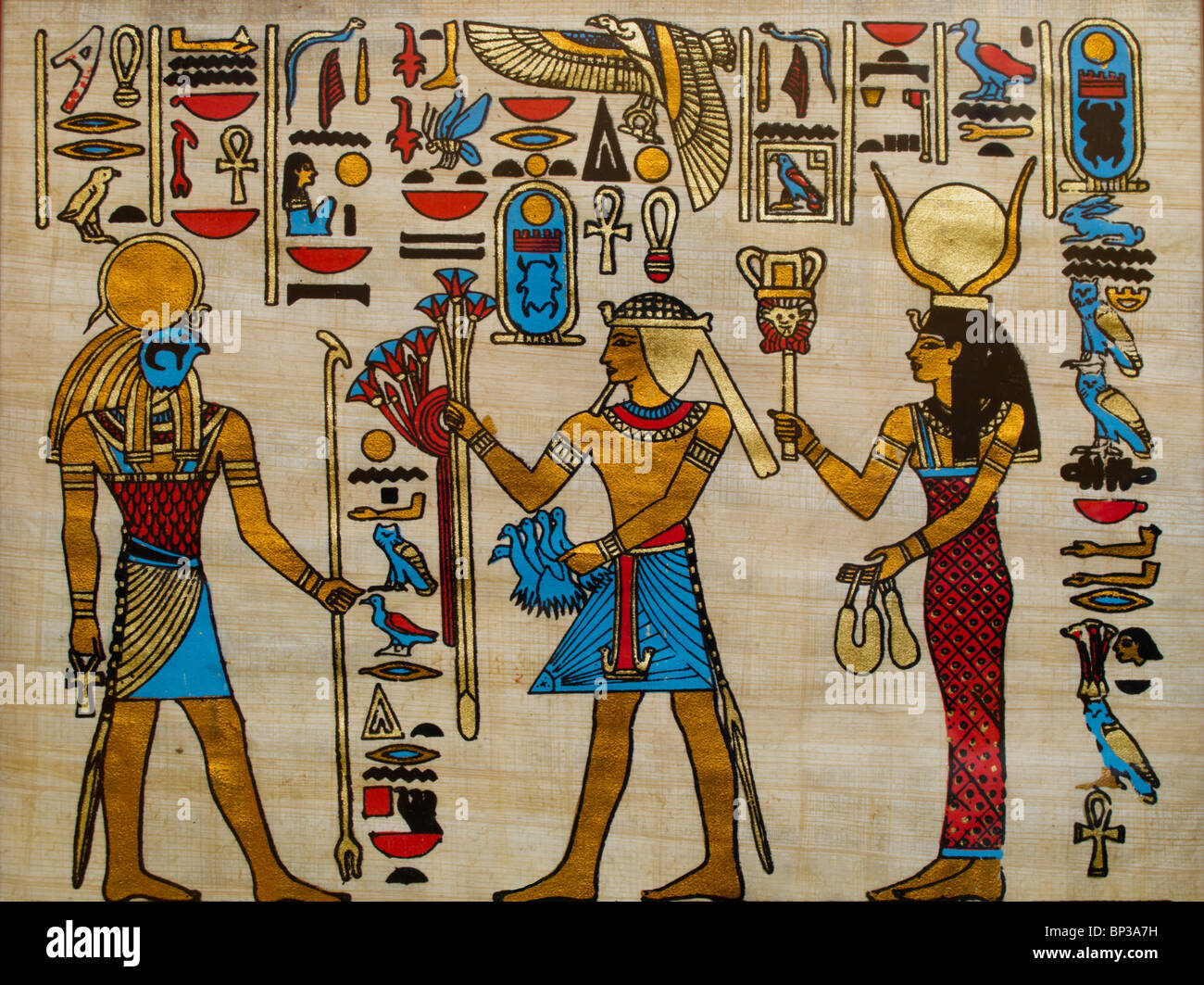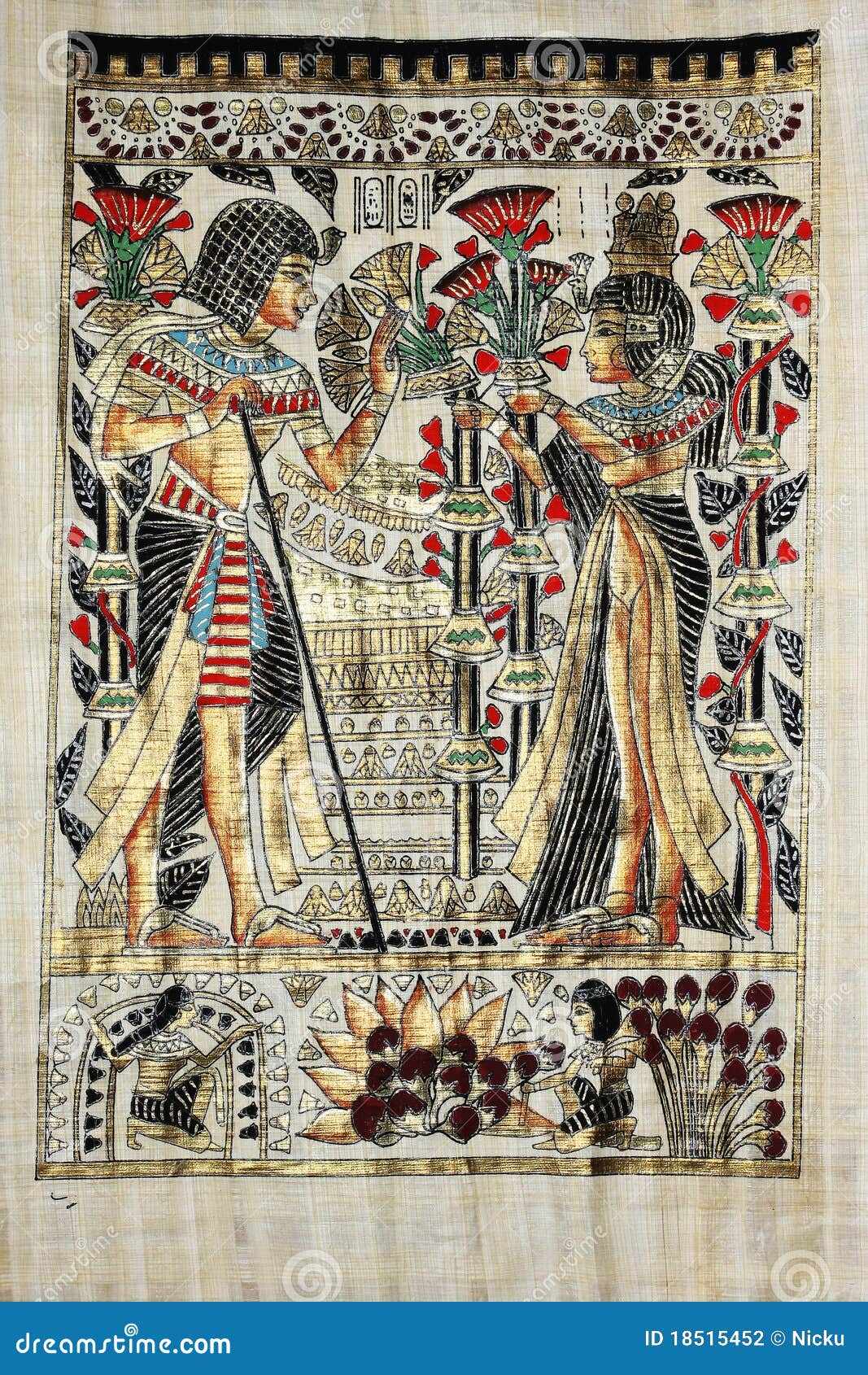

In the simplest way, the texts could be written by a scribe skilled in the special forms of script used for the 'Book of the Dead', while the vignettes may have been drawn and painted by a different artist-scribe, or even by a small team of similar specialists. It is not known how the layout, incorporating text and figures, may have been composed. All, it seems, goes well for Ani he has qualified for the Afterlife.Ĭurator's comments The necessary texts and the illustrative elements of this crucial episode in Ani's judgment are most skillfully set out, rather generously, in the available space on the papyrus. They enter from the left, bending forward in proper humility, and Ani mutters the words of Spell 30B of the 'Book of the Dead', which are addressed to his heart in the balance. Into this formidable gathering comes Ani, accompanied by his wife Tutu. Ani's soul or 'ba' bird, which will allow him freedom of movement in and out of the tomb after death, perches on a shrine-shaped building, ready to be released if judgment is given in Ani's favor. Other deities observe the proceedings: to the left of the balance, Shay (fate) and, strangely, two birth goddesses, Renenutet and Meskhenet. At the top of the scene the great gods of Egypt are shown, formally seated on thrones, waiting to deliver judgment: Ra-Horakhty, Atum, Shu, Tefnut, Geb, Nut, Isis and Nephthys, Horus and Hathor, joined by gods personifying the divine word (Hu) and perception (Sia). This creature has the head of a crocodile, the forepart of a lion, and the hindquarters of a hippopotamus. On a mat behind Thoth sits a monster ready to spring forward to consume Ani's heart if he fails to pass the test. To the right of the balance stands Thoth, here in human form with ibis head he is the scribe of the gods, and he holds a scribe's palette and a reed brush, ready to note down the results of Ani's interrogation.

The god Anubis, here shown as a jackal-headed, human-bodied, kneeling deity, described as "he who is in the place of embalming," holds the cord of the right-hand pan, and steadies the plumb bob of the balance. This creature is a form of the god Thoth, who acts in a different form and with a different duty elsewhere in this "trial". The crossbar of the balance hangs from a feather-shaped peg attached to the upright support, on the top of which squats a small baboon. Centrally placed is a balance, holding in its two pans Ani's heart (on the left) and a feather (on the right) representing Maat, the divine personification of truth and order. 'Book of the Dead', Papyrus of Ani (frame 3): Ani's Judgment: the scene is the Hall of Judgment.


 0 kommentar(er)
0 kommentar(er)
